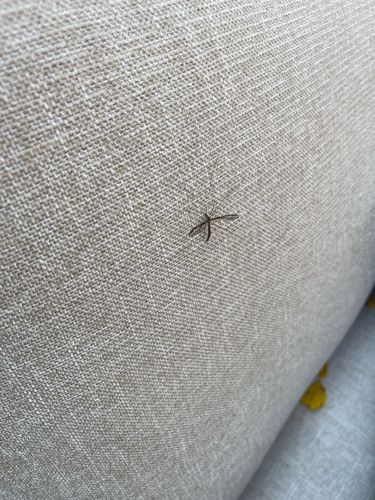Crane Fly
Scientific Name: Tipulidae
Order & Family: Diptera, Tipulidae
Size: Typically 2-100 mm (0.08-3.9 inches) in body length, with leg spans often much larger.

Natural Habitat
Damp environments, near standing water, marshes, forests, grasslands, and frequently near residential areas.
Diet & Feeding
Adult crane flies generally feed on nectar or decaying plant matter, or do not feed at all. Larvae (known as 'leatherjackets') are often detritivores, feeding on decaying organic matter in soil, but some are herbivorous, feeding on plant roots, and a few are predatory.
Behavior Patterns
Adult crane flies are often attracted to lights at night and may be seen clumsily flying around. They are generally weak fliers. Their full life cycle includes egg, larval, pupal, and adult stages. Larvae live in moist soil or aquatic environments.
Risks & Benefits
Crane flies are largely harmless to humans. They do not bite or sting. While larvae can occasionally cause minor damage to lawns by feeding on grass roots (especially in very large numbers), they are generally beneficial as decomposers, helping to break down organic matter. They also serve as a food source for birds, bats, and other insects.
Identified on: 9/6/2025